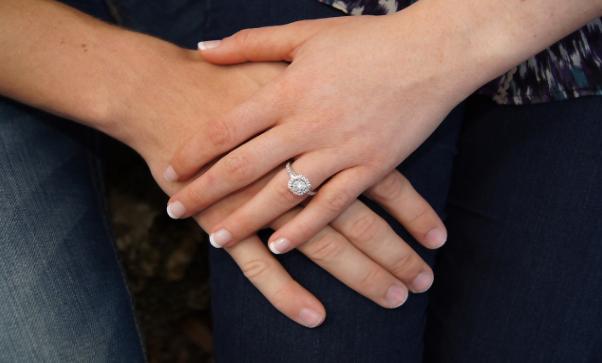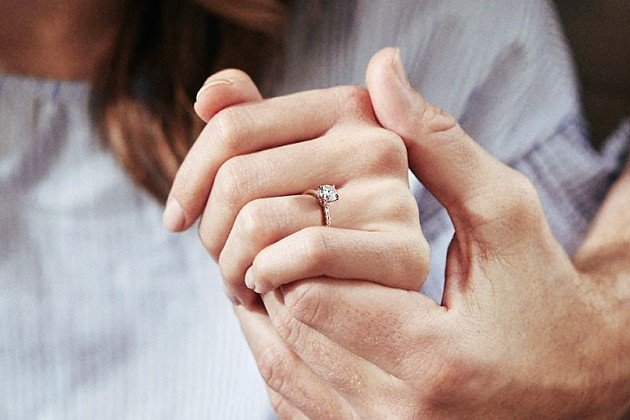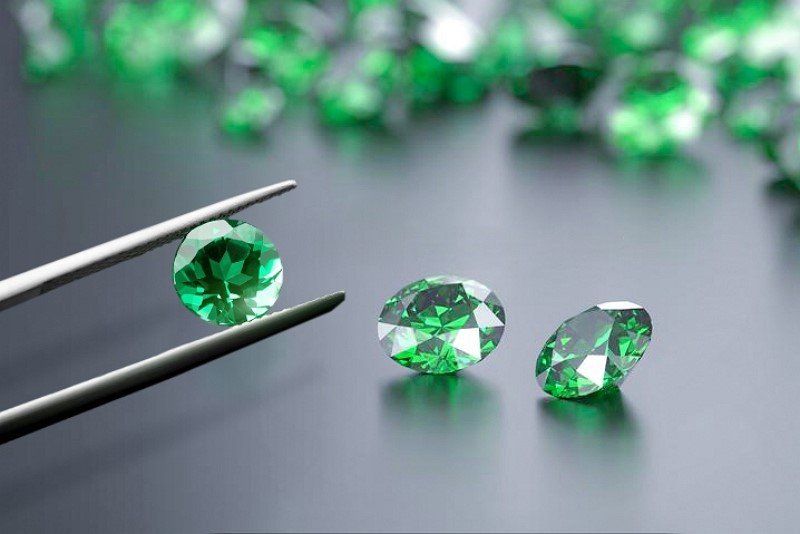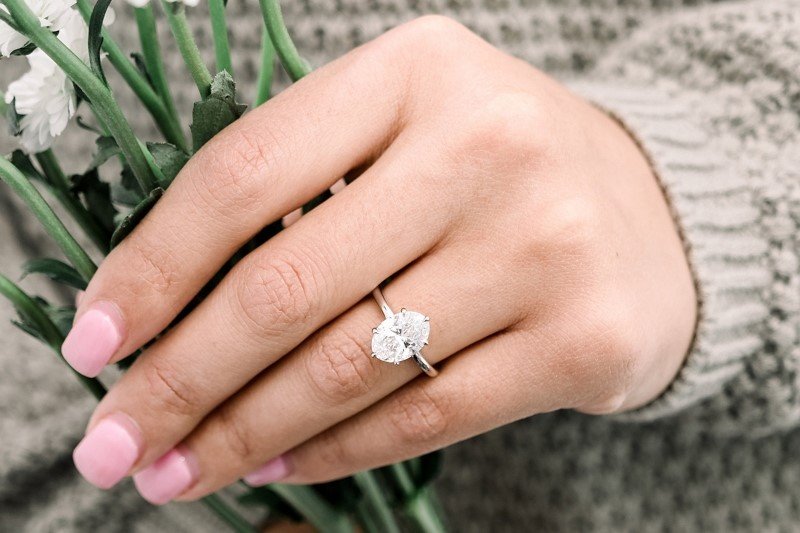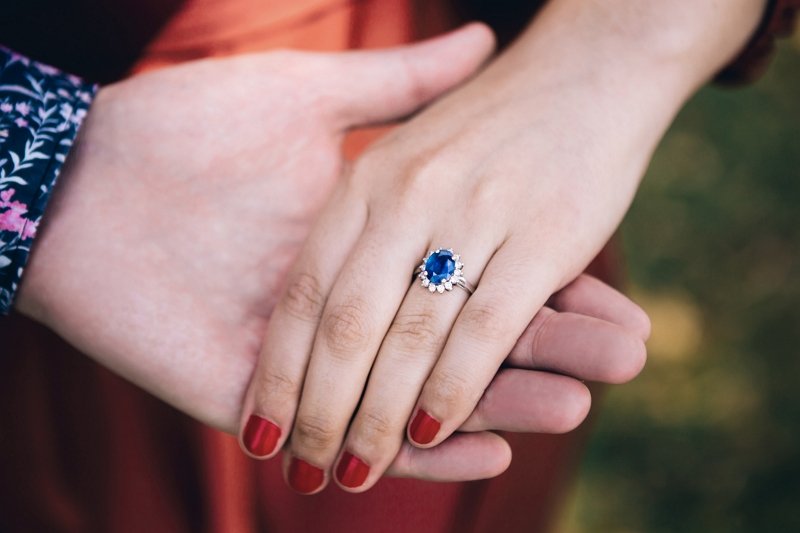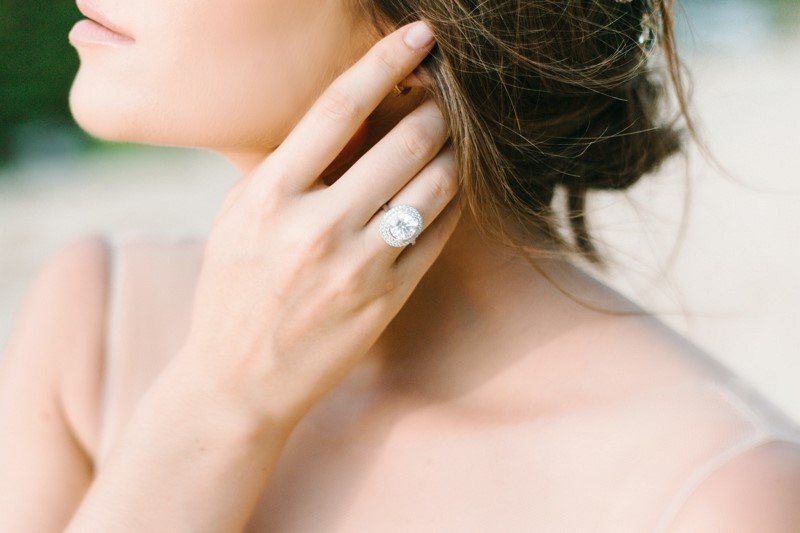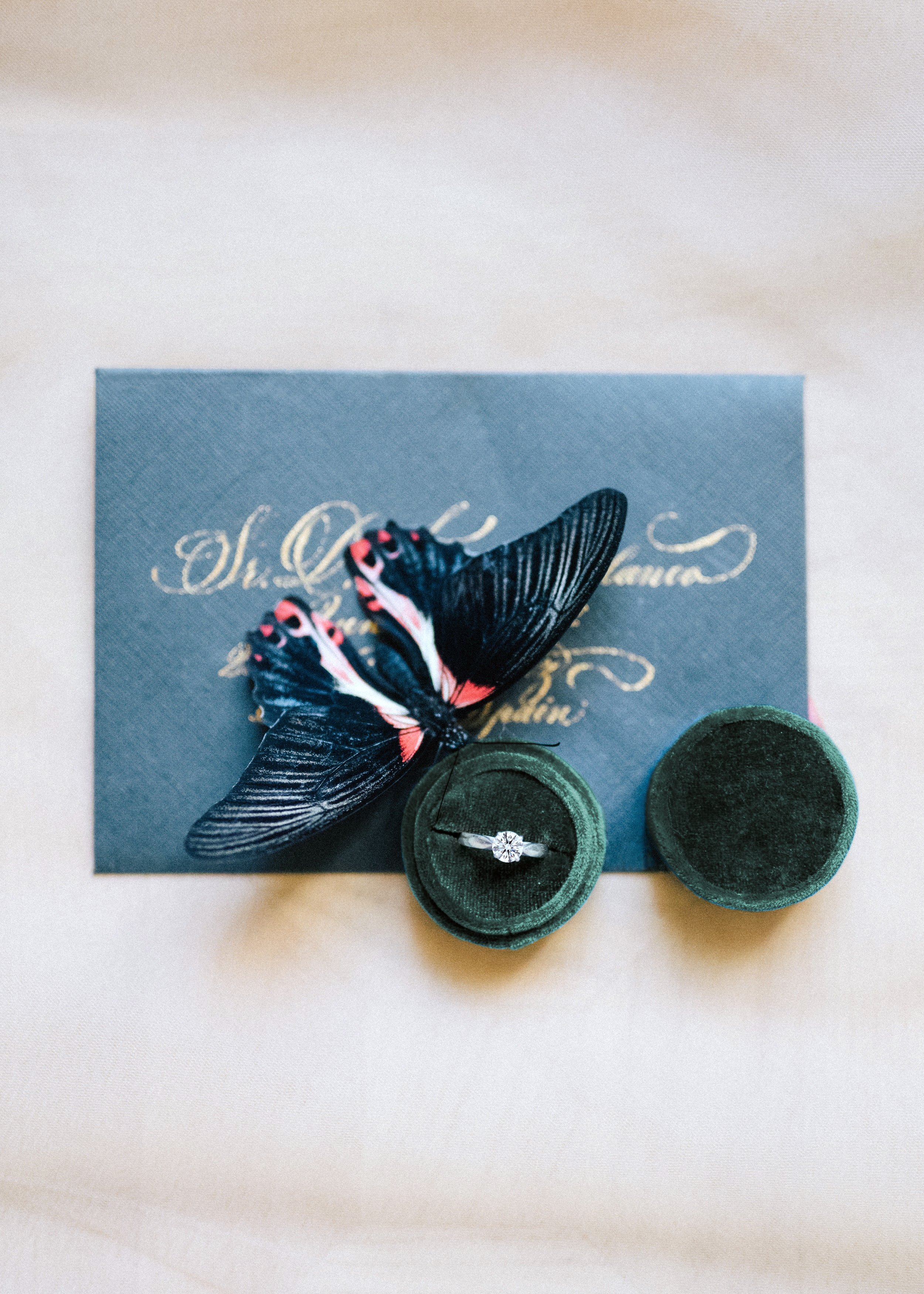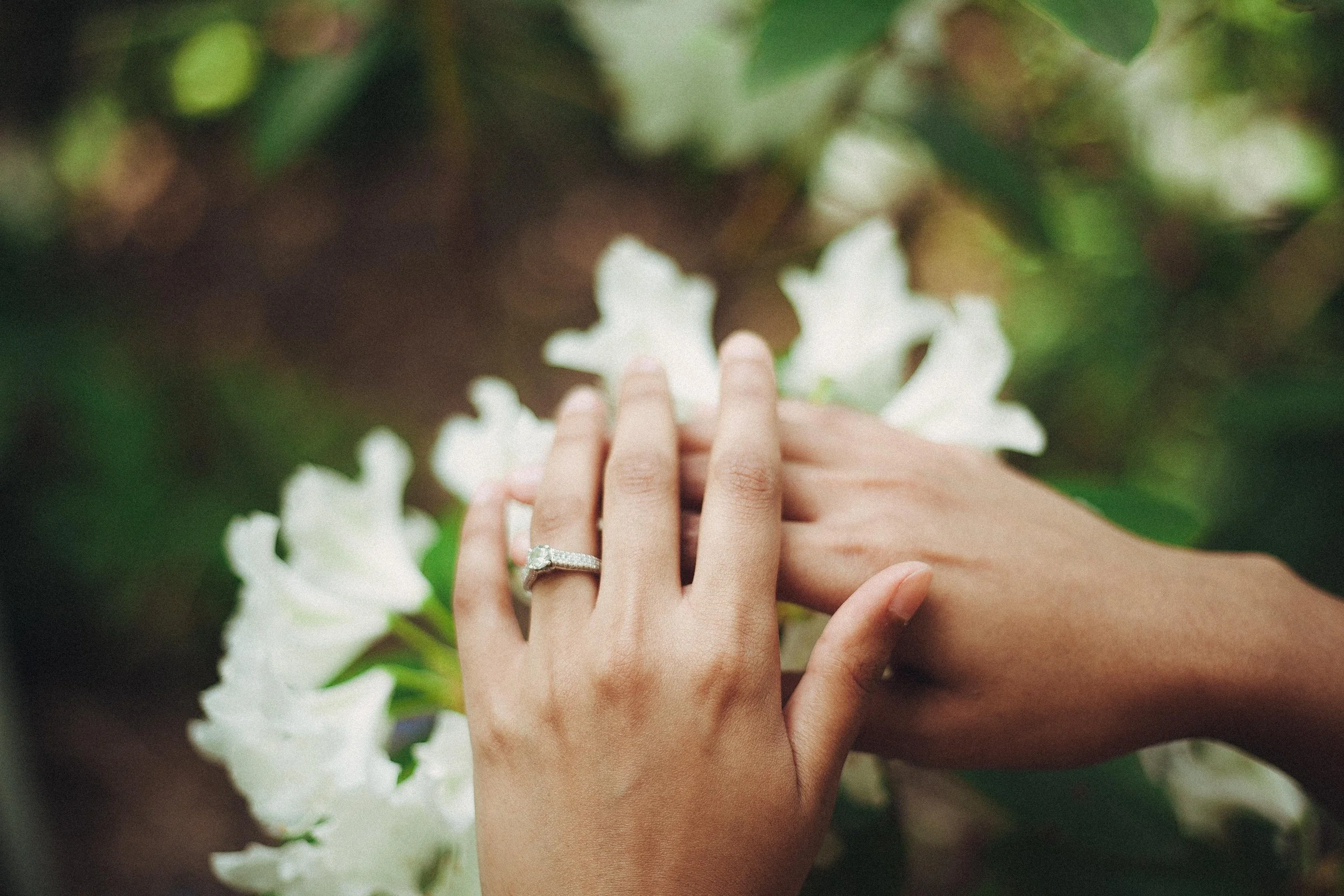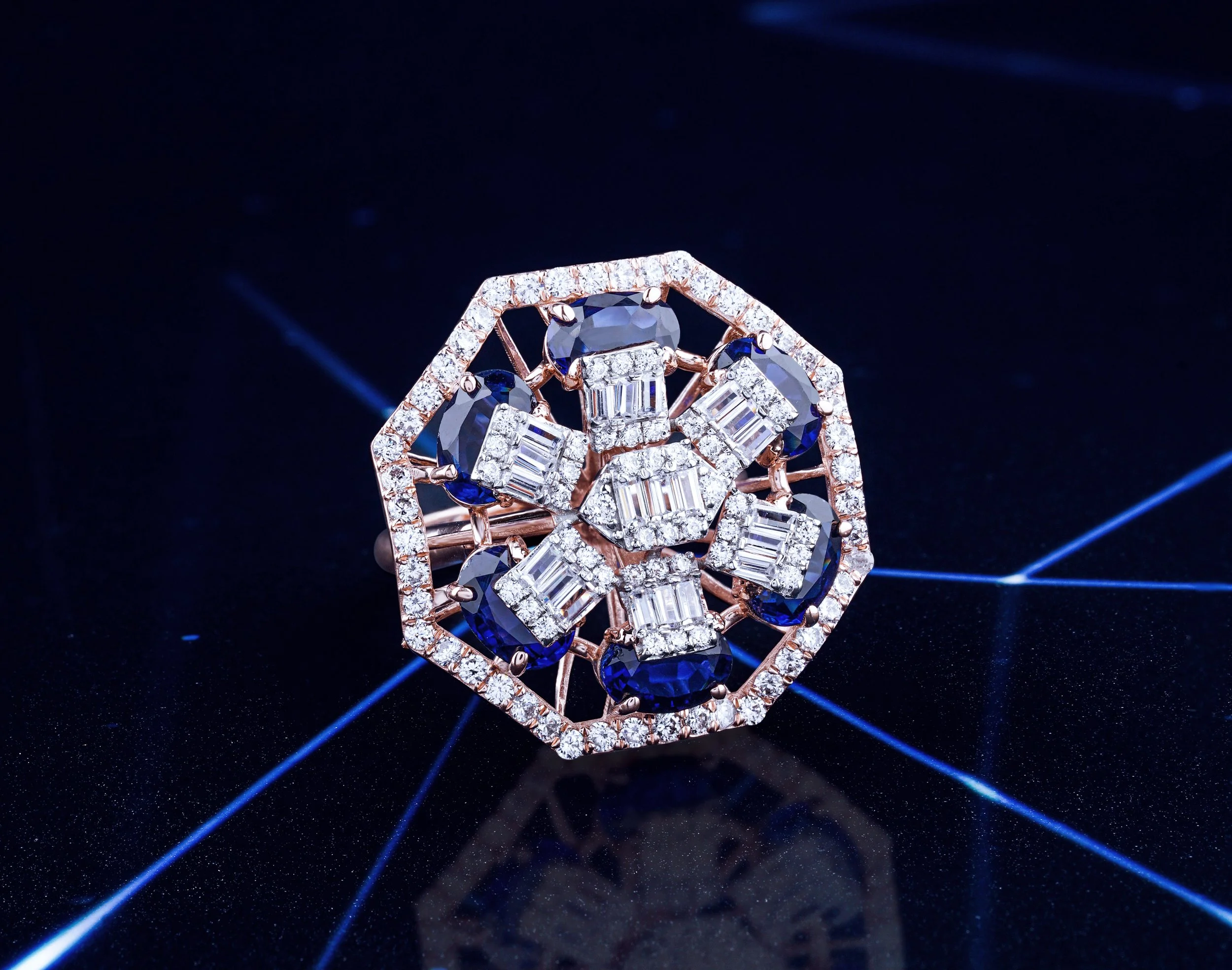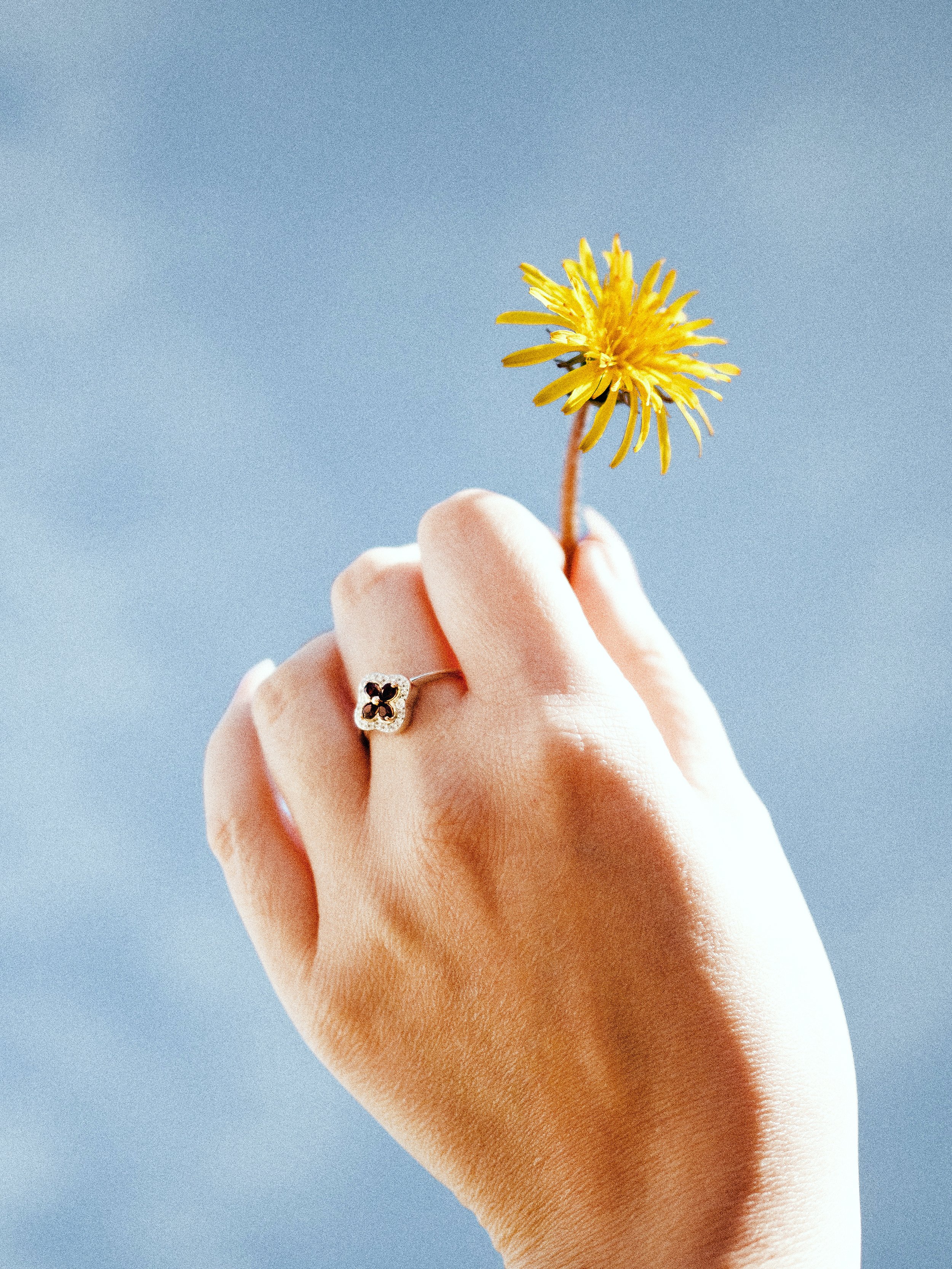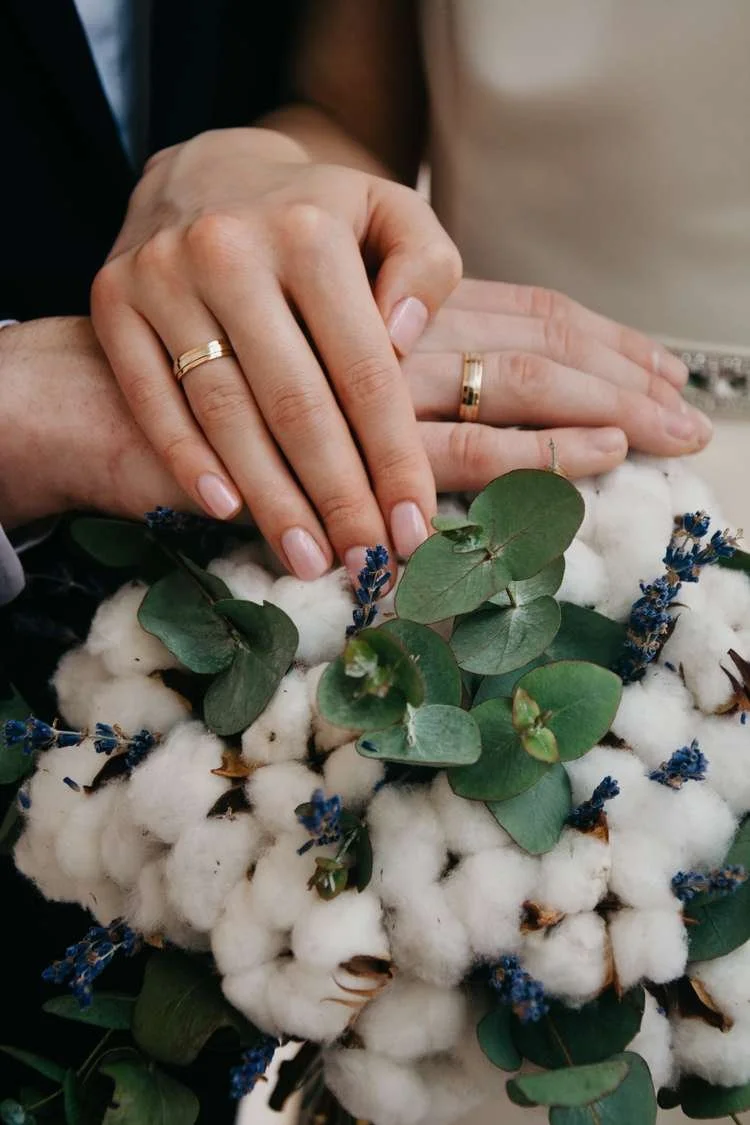Which Diamond is Best for an Engagement Ring?
Diamond engagement rings are a popular choice among couples around the world. Especially in the United States, gifting your loved one with a diamond ring during an engagement is a long-standing tradition.
The price of a diamond ring depends on the carat weight and type of diamond, as well the metal used in the ring. Nonetheless, the choice between lab-grown diamonds and natural diamonds is an enormous factor in how much the ring will end up costing. This is because lab-grown diamonds have significantly lower prices compared to natural diamonds.
If you are finding it difficult to make a choice between artificial and natural diamonds, we can help you make an informed decision. This article will go into detail about the main differences between both types of diamonds.
Lab-Grown Diamonds vs. Natural Diamonds: Which is Right for You?
One common question asked by people who don’t know much about lab-grown diamonds is, “Are lab-grown diamonds real?”
To answer this frequently asked question, they are indeed real. Lab-grown diamonds have physical and chemical properties similar to earth-mined diamonds. Not only this, but they are recognized by industry professionals as certifiably real diamonds. Many well-respected international organizations, such as GIA and IGI, certify both types of diamonds.
Let’s discuss lab-grown diamonds and natural diamonds individually, along with their pros and cons.
It’s almost impossible to differentiate lab-grown diamonds from natural diamonds.
Lab-Grown Diamonds
Lab-grown diamonds are man-made diamonds created artificially in a laboratory. The formation of diamonds involves the crystallization of carbon in a high-temperature and high-pressure environment. Scientists use advanced technologies and equipment to recreate conditions similar to Earth’s upper mantle, where natural diamonds are formed.
Diamonds grown in a lab are identical to ones occurring naturally. The complete formation of lab-created diamonds takes only about 3 to 6 months. This time range is drastically lower than the 1 to 3.3 billion years it takes to form natural diamonds.
Pros of Lab-Grown Diamonds
Low Cost
Lab-grown diamonds are 40-50% cheaper than earth-mined diamonds. Mining is the most significant factor that contributes to the exorbitant prices of natural diamonds. In general, the mining process requires a considerable amount of resources, equipment, heavy machinery, and time. Thus, mining is a costly process.
Lab-created diamonds do not involve mining whatsoever, since they are created in a lab. The absence of the mining process is responsible for the low pricing of lab-grown diamonds.
Less Environmental Impact
Mining is not only resource-intensive but also causes serious damage to the environment. It can cause issues like soil erosion, deforestation, noise pollution, air pollution, and groundwater contamination.
Since lab-grown diamonds bypass the mining process, their environmental impact is much lower than that of mined diamonds. Therefore, lab-grown diamonds are the more ethical and eco-friendly choice.
Consistent Quality
Lab-created diamonds are consistent in terms of quality and appearance since they are produced in a lab setting, and it is possible to ensure uniform quality. However, when it comes to natural diamonds, lack of consistent quality becomes an issue.
Customization Options
One of the biggest advantages of lab-grown diamonds is that you can customize them according to your preferences. Many leading diamond manufacturers allow you to choose the shape, size, and color of your diamonds.
Cons of Lab-Grown Diamonds
Mass Production Leads to Lack of Rarity
It’s easy to produce lab-grown diamonds on a large scale, and many people believe that this causes a negative impact on their rarity.
Natural Diamonds
Natural diamonds form due to the crystallization of carbon deep within the earth’s surface. Generally, natural diamonds occur approximately 100 miles below the surface in Earth’s mantle, and it takes billions of years for a natural diamond to form completely. People across the world consider natural diamonds as a symbol of purity, rarity, and luxury.
Natural Diamonds
Pros of Natural Diamonds
Rare and Valuable
Natural diamonds are rare and extremely challenging to discover and extract. As a result, they are often considered more valuable than diamonds created artificially in laboratories. The high value of natural diamonds is the main reason why people consider them luxurious.
Good Investment Option
The value of natural diamonds usually appreciates over the years. This is why many individuals consider them a viable investment option. Many people even buy diamonds to diversify their portfolios.
Cons of Natural Diamonds
Environmental Concerns
The extraction of natural diamonds involves mining, which is extremely harmful to the environment, affecting biodiversity and contributing to pollution. Diamond mining is also infamous for the poor working conditions of miners, and carries a lot of ethical controversy.
Exorbitant Pricing
Natural diamonds are extremely pricey compared to lab-grown diamonds. Not everyone can afford a high-quality natural diamond, especially individuals with low budgets.
One of the biggest drawbacks of natural diamonds is their high pricing.
The 4Cs and Other Diamond Specifications to Consider
When buying a diamond engagement ring, you need to keep certain factors in mind to choose the perfect diamond, and they are as follows:
1. 4Cs: Cut, Carat, Color, Clarity
Cut
The cut of a diamond represents its shape and polish, which determine how light cast on the diamond is reflected. In other words, the cut of a diamond is responsible for its brilliance and sparkle. A diamond with a good cut looks radiant and shines brightly.
Carat
Carat is a unit to measure the weight of a diamond. The larger the carat weight, the bigger the size of the diamond. Usually, the price of a diamond depends heavily on its size or weight.
Color
Not all diamonds are completely colorless. In fact, diamonds come in a plethora of different colors such as yellow, green, and blue. Usually, colorless diamonds are the ones with the most market value.
Clarity
Clarity is a factor that determines how pure and rare a diamond is. The more clarity a diamond has, the better it looks. A common grading system used to determine the clarity of diamonds involves a scale ranging from high levels of impurities (“inclusions”) to flawless, which is extremely rare. For instance, VS1 and VS2 grade diamonds are among the ones with the least flaws.
2. Shape
The shape of a diamond affects its overall appearance. Each diamond shape has its own set of characteristics, which affect light interaction in different ways. The most popular diamond shapes are brilliant, heart, marquise, emerald, oval, pear, and cushion.
3. Certification
Certifications from reputable institutions like GIA and IGI ensure that a diamond is checked for quality, and provides value to the customer by increasing the diamond’s market value.
4. Budget
While planning to buy a diamond engagement ring or any other jewelry, it’s important to set a budget. Having a clear budget makes it easy to narrow down your search to diamonds that you can reasonably afford. If your budget is low, but you want a dazzling diamond, it’s best to go for a diamond with a smaller size but good clarity and cut.
Unconventional Beauty: A Unique Diamond Engagement Ring
If you want to buy lab-grown diamonds but are unsure about their rarity, you have the option to add uniqueness to them.
Top diamond manufacturers like Sunny Eden™️ have recently made a big splash in the diamond industry by using cutting-edge technology to create lab-grown diamonds from hair. By providing a small quantity of your hair as low as 4 grams, you can create a diamond that is truly unique by adding the essence of a loved one’s hair and transforming it into a life-long keepsake.
The idea of turning hair into diamonds has become quite popular due to its unique nature and sentimental value. It is now possible to gift your partner a diamond engagement or wedding ring that contains your DNA (or even a combination of you and your partner’s DNA).
Apart from being unique, lab-grown diamonds made from hair are environmentally sustainable and available at lower costs compared to natural diamonds.
You also get the option to customize your diamond by choosing its shape, size, and color. An engagement ring with a custom-made diamond is captivating, and it will symbolize the one-of-a-kind bond between you and your partner.
Process for Creating Diamonds From Hair
After you provide the hair, most diamond manufacturers follow the below-mentioned steps to transform them into a stunning diamond.
Sanitize the hair and extract the carbon present in it.
Purify the carbon using a multi-step chemical process.
Place the extracted carbon in an HPHT reactor which turns it into a beautiful diamond.
Cut and polish the diamond to give it the desired shape and finish.
Get the quality of the diamond certified by a globally-recognized institution.
Starting Price of Lab-grown Diamonds
The pricing of lab-grown diamonds varies across manufacturers. Beyond this, the price of a diamond also heavily depends on its cut, color, and carat weight. Sunny Eden™️ offers lab-grown diamonds made from hair at extremely reasonable prices. A 0.5-carat colorless diamond with a brilliant cut, for example, comes in at just $2000.
Express your love with a unique diamond engagement ring made from your hair.
Conclusion
The choice between natural diamonds and lab-grown diamonds entirely depends on your personal preferences. However, lab-grown diamonds have become quite popular in recent times as they are affordable, do not cause significant damage to the environment, are very customizable, and have just as stunning of an appearance as any natural diamond.
If you are looking to gift an alluring personalized diamond ring to your loved one, you can get it at an affordable price with Sunny Eden™️.


